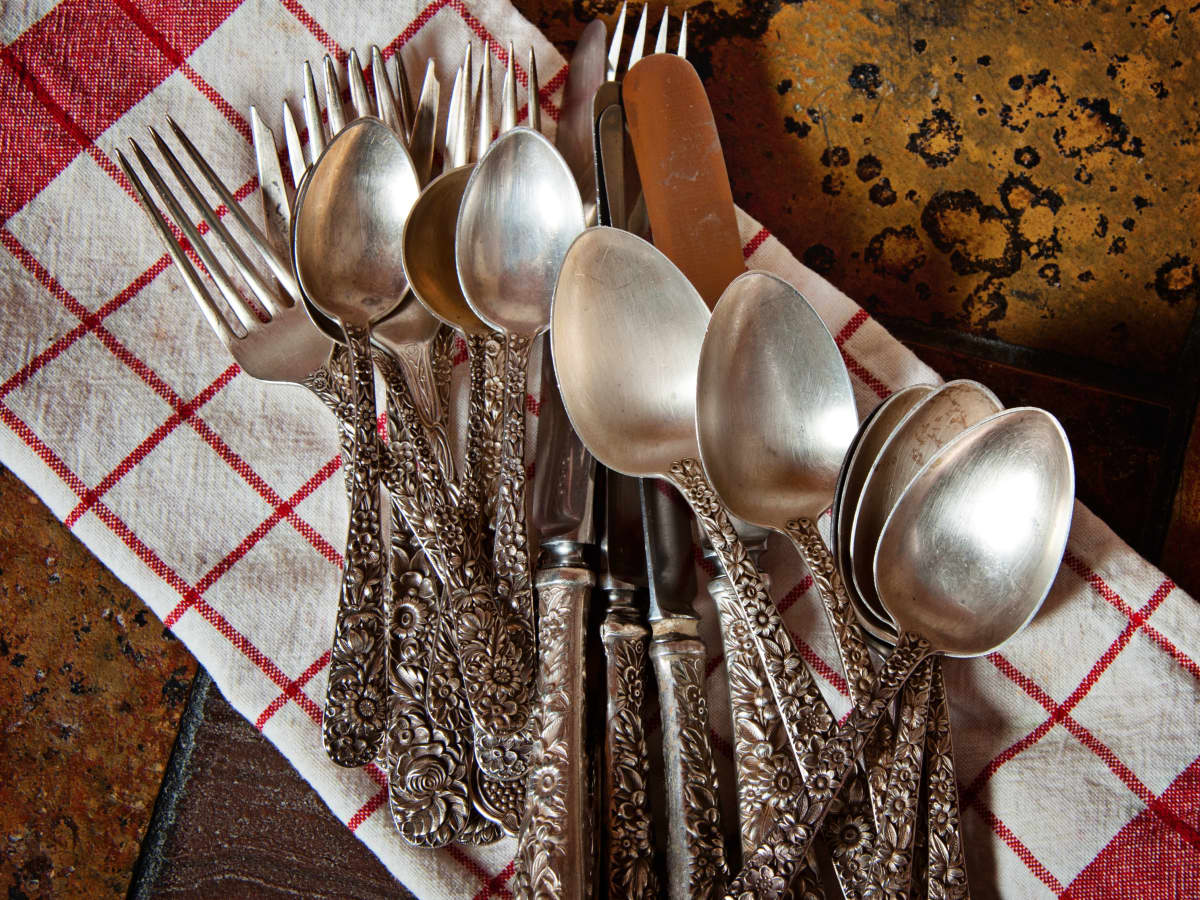

Articles
How To Store Sterling Silver
Modified: December 7, 2023
Learn the proper way to store sterling silver articles to prevent tarnish and damage. Follow these tips and keep your precious items shining for years to come!
(Many of the links in this article redirect to a specific reviewed product. Your purchase of these products through affiliate links helps to generate commission for Storables.com, at no extra cost. Learn more)
Introduction
Sterling silver is a beautiful and valuable metal that is often used in the creation of jewelry, tableware, and other decorative items. Its lustrous appearance and versatility have made it a popular choice for centuries. However, in order to preserve its shine and prevent damage, it is crucial to store sterling silver properly. This article will guide you through the importance of proper storage, factors that can cause damage to sterling silver, best practices for storing it, and cleaning and maintenance tips to keep your sterling silver looking its best.
Key Takeaways:
- Proper storage of sterling silver is essential to prevent tarnishing, scratches, and corrosion. Utilize tarnish-resistant containers, individual wrapping, and regular inspections to maintain its beauty and value.
- Gentle cleaning, preventive measures, and professional cleaning services are essential for preserving the luster of sterling silver. Regular use and proper storage also help minimize tarnishing and damage.
Read more: How To Store Sterling Silver Flatware
Why Proper Storage of Sterling Silver is Important
Proper storage of sterling silver is essential to maintain its beauty and prevent damage. Here are a few reasons why it is important to store your sterling silver properly:
- Prevents Tarnishing: Sterling silver is prone to tarnish due to exposure to air and moisture. When silver comes into contact with sulfur-containing substances, such as rubber, wool, and certain foods, it undergoes a chemical reaction that causes it to darken and lose its shine. By storing your sterling silver in airtight containers or tarnish-resistant bags, you can minimize its exposure to these substances and reduce the risk of tarnishing.
- Prevents Scratches and Dents: Sterling silver is a relatively soft metal compared to other precious metals. Therefore, it is susceptible to scratches and dents. Storing your sterling silver separately from other jewelry or objects can help prevent them from rubbing against each other and causing damage. Additionally, using soft cloth or felt-lined compartments can provide added protection against scratches and dents.
- Preserves the Finish: Sterling silver pieces often have intricate designs and delicate finishes. Improper storage can lead to the loss of these beautiful details over time. By storing your sterling silver in a proper way, such as using acid-free tissue paper or cotton cloth to separate individual pieces, you can help preserve the finish and intricate designs for years to come.
- Inhibits Corrosion: Exposure to moisture and humidity can cause sterling silver to corrode. When silver comes into contact with moisture, it can develop pitting and discoloration. Storing your sterling silver in a cool, dry place can help inhibit corrosion and ensure its longevity.
- Protects from Environmental Factors: Environmental factors such as sunlight, heat, and pollution can also contribute to the deterioration of sterling silver. By storing your silver in a location away from direct sunlight and extreme temperatures, you can prevent unnecessary damage and maintain its appearance.
Proper storage of your sterling silver not only helps to preserve its beauty and value but also saves you time and effort in cleaning and polishing. By taking the necessary steps to store your sterling silver correctly, you can enjoy its radiance and elegance for generations to come.
Factors That Can Cause Damage to Sterling Silver
Sterling silver is a precious metal that requires proper care and attention to prevent damage. Here are some of the factors that can cause harm to your sterling silver:
- Air and Moisture: Exposure to air and moisture can lead to tarnishing of sterling silver. When silver comes into contact with the oxygen and moisture in the air, it undergoes a chemical reaction that forms a layer of tarnish on its surface. This can darken the metal and diminish its shine.
- Sulfur-Containing Substances: Certain substances containing sulfur can accelerate tarnishing of sterling silver. This includes materials like rubber, wool, and eggs. When these substances come into contact with silver, they release sulfur compounds that react with the metal, causing it to tarnish more quickly.
- Direct Sunlight: Prolonged exposure to direct sunlight can cause sterling silver to fade and lose its luster. Ultraviolet (UV) rays present in sunlight can break down the molecular structure of silver, leading to discoloration and damage.
- Heat and Humidity: High temperatures and humidity levels can contribute to the corrosion and deterioration of sterling silver. The moisture in the air can cause the silver to develop pitting and tarnish more quickly. Additionally, heat can cause the metal to expand and contract, leading to warping or weakening of the silver.
- Chemicals: Exposure to harsh chemicals can tarnish or even corrode sterling silver. This includes substances like bleach, ammonia, and chlorine. It is important to remove any sterling silver jewelry or items before engaging in activities that involve contact with these chemicals.
- Friction and Abrasion: Constant rubbing and friction with other metals or hard surfaces can scratch or dent sterling silver. If you store your silver jewelry or objects in a jumbled or cluttered manner, there is a higher chance of them rubbing against each other and causing damage.
- Poor Storage Conditions: Improper storage can also contribute to damage. Storing silver in an exposed or dusty area can increase the chances of tarnishing. Storing silver pieces together without any protective layers or proper separation can result in scratches and tangling.
By being aware of these factors and taking necessary precautions, you can protect your sterling silver from damage and ensure its longevity. Proper storage, cleaning, and maintenance practices play a crucial role in preserving the beauty and value of your sterling silver.
Best Practices for Storing Sterling Silver
Proper storage is key to maintaining the beauty and condition of sterling silver. Here are some best practices to follow when storing your sterling silver:
- Keep it Dry: Moisture is one of the main factors that can cause tarnishing and corrosion of sterling silver. Before storing your silver, ensure that it is completely dry. Wipe it gently with a soft, lint-free cloth to remove any moisture.
- Store in a Tarnish-Resistant Container: Invest in tarnish-resistant containers or bags specifically designed for silver storage. These containers are lined with a special material that helps prevent tarnish by blocking air and moisture from reaching the silver. This can greatly reduce the need for frequent polishing.
- Individual Wrapping: Wrap each piece of sterling silver in acid-free tissue paper or soft, lint-free cloth to provide a layer of protection and prevent scratching. This individual wrapping also helps to minimize contact between different pieces, reducing the risk of tangling or rubbing against each other.
- Separate Different Types of Silver: If you have different types of silver, such as sterling silver and silver-plated items, store them separately. Silver-plated items can corrode more easily and may tarnish at a quicker rate. Keeping them separate helps to prevent cross-contamination and protect the integrity of the sterling silver.
- Avoid Rubber Bands or Plastic Wrap: Rubber bands or plastic wrap can contain sulfur, which can contribute to tarnishing. Avoid using these materials to secure or wrap your silver. Instead, opt for acid-free tissue paper, cotton cloth, or anti-tarnish strips that are designed to inhibit tarnishing.
- Store in a Cool, Dry Place: Find a storage location that is away from direct sunlight, heat sources, and extreme temperature fluctuations. Excessive heat and humidity can accelerate tarnishing and corrosion of sterling silver. A cool, dry place, such as a drawer or a jewelry box, is ideal for storage.
- Avoid Air-Tight Plastic Bags: While it is important to protect your silver from air and moisture, it is also important to allow some circulation of air. Avoid using air-tight plastic bags for long-term storage, as they can trap moisture inside and increase the risk of tarnishing.
- Regularly Check and Polish: Even with proper storage, sterling silver may still require occasional cleaning and polishing. Regularly check your silver for any signs of tarnish or damage. Clean and polish it using a mild silver cleaner and a soft cloth when necessary.
By following these best practices for storing sterling silver, you can minimize the risk of tarnishing, scratching, and other forms of damage. Remember, proper storage goes a long way in maintaining the beauty and value of your sterling silver for years to come.
Store sterling silver in a cool, dry place away from sunlight and moisture. Use anti-tarnish strips or cloth to prevent tarnishing, and store pieces separately to avoid scratching.
Options for Storing Sterling Silver
When it comes to storing your sterling silver, there are several options available to ensure its protection and longevity. Here are some popular storage options to consider:
- Jewelry Boxes: Jewelry boxes with individual compartments and soft fabric lining are a popular choice for storing sterling silver. Look for boxes that have sections specifically designed for bracelets, necklaces, rings, and other silver items. This helps prevent tangling and scratching while keeping your silver organized and easily accessible.
- Tarnish-Resistant Bags: Tarnish-resistant bags are specifically designed to slow down tarnishing by blocking air and moisture. These bags are usually made of a treated fabric or plastic that contains anti-tarnish properties. Place your silver items individually in these bags to protect them from tarnish and scratches. Remember to squeeze out any excess air before sealing the bag.
- Anti-Tarnish Strips: Anti-tarnish strips, also known as tarnish prevention strips, are a convenient option for storing sterling silver. These strips are usually infused with a compound that absorbs moisture and emits an anti-tarnish vapor, creating a protective atmosphere around your silver. Simply place a strip in the storage container or bag to help inhibit tarnishing.
- Drawer Dividers and Trays: Utilizing drawer dividers and trays can provide a designated storage space for your sterling silver. These dividers help to separate different items and prevent them from rubbing against each other, reducing the risk of scratches. Opt for dividers with a soft lining or use felt or velvet to line the bottom of the drawer to provide added protection.
- Display Cases: If you have silver pieces that you want to showcase, such as vintage or collectible items, display cases can be a great option. Look for display cases with UV-protected glass to minimize exposure to sunlight. Ensure that the display case is also lined with a soft fabric to prevent scratches.
- Silver Cloth Rolls: Silver cloth rolls are designed to store and protect sterling silver items. Made from a specially treated fabric, these cloth rolls provide an anti-tarnish barrier and cushioning for your silver. Simply wrap your silver pieces individually in the cloth rolls to protect them from tarnishing and scratches.
Whichever storage option you choose, remember to keep your sterling silver in a cool, dry place away from direct sunlight and extreme temperature fluctuations. Regularly check on your silver to ensure its condition and cleanliness, and make sure to address any tarnishing or damage promptly with appropriate cleaning and maintenance methods.
By utilizing these storage options, you can effectively safeguard your sterling silver pieces, preserve their beauty, and enjoy them for many years to come.
Read more: How To Store Sterling Silver Flatware
Cleaning and Maintenance Tips for Sterling Silver
Regular cleaning and maintenance are essential to keep your sterling silver looking its best. Here are some tips to help you properly clean and maintain your silver:
- Gentle Cleaning: Avoid using harsh chemicals or abrasive cleaners when cleaning sterling silver. Instead, opt for a mild silver cleaner specifically formulated for silver. Apply the cleaner using a soft, lint-free cloth or a soft-bristle brush. Gently scrub the silver in a back-and-forth motion to remove tarnish and dirt.
- Polishing: After cleaning, use a silver polishing cloth to restore the shine of your sterling silver. Polishing cloths are treated with a gentle polishing agent that helps remove tarnish and buff the surface of the silver. Avoid using excessive pressure while polishing to prevent scratching.
- Preventive Measures: To minimize the need for frequent polishing, take preventive measures to reduce tarnishing. Store your silver in a clean, dry place and avoid exposure to air and moisture. Consider using anti-tarnish strips or bags to create a protective barrier around your silver and inhibit tarnishing.
- Regular Inspection: Periodically inspect your sterling silver for any signs of tarnish, scratches, or damage. This allows you to address any issues promptly before they worsen. Pay attention to the clasps, joints, and delicate details of your silver pieces.
- Professional Cleaning: For intricate or valuable silver pieces, it is advisable to seek professional cleaning services. Professional cleaners have the expertise and specialized equipment to safely clean and restore your silver without causing any damage.
- Avoid Contact with Harsh Substances: Avoid exposing your silver to household chemicals such as bleach, ammonia, or chlorine, as these can cause damage and tarnishing. Remove your silver jewelry before swimming in chlorinated pools or engaging in activities involving harsh chemicals.
- Proper Storage: As mentioned earlier, proper storage is crucial for maintaining the condition of your sterling silver. Store your silver in tarnish-resistant containers, individually wrapped in acid-free tissue paper or soft cloth. Keep your silver pieces separate to prevent scratching or tangling.
- Wear and Use Regularly: While it may seem counterintuitive, wearing and using your sterling silver jewelry and items regularly can actually help prevent tarnishing. The natural oils from your skin can provide a protective barrier, reducing the exposure of silver to air and moisture.
Remember to handle your sterling silver with care, as it is a relatively soft metal. Avoid dropping or banging your silver against hard surfaces, as this can cause scratches or dents. With proper cleaning and maintenance, your sterling silver will continue to shine and enchant for years to come.
By following these cleaning and maintenance tips, you can ensure that your sterling silver remains beautiful and lustrous, preserving its value and longevity.
Conclusion
Proper storage and maintenance of your sterling silver are crucial for preserving its beauty and value. By following the best practices for storing silver, you can minimize the risk of tarnishing, scratching, and other forms of damage. Utilize options such as jewelry boxes, tarnish-resistant bags, and drawer dividers to keep your silver organized and protected.
Take precautionary measures to prevent tarnishing by keeping your silver dry, storing it in a cool and dry place away from direct sunlight and harsh chemicals. Regularly inspect your silver for any signs of tarnish or damage, and address them promptly with gentle cleaning and polishing methods.
Remember, proper storage and cleaning are key to maintaining the luster and longevity of your sterling silver. By incorporating these practices into your routine, you can ensure that your silver jewelry, tableware, and decorative items continue to shine and charm for years to come.
With care and attention, your sterling silver will continue to be a treasured and cherished part of your collection, bringing joy and elegance to your life for generations.
Frequently Asked Questions about How To Store Sterling Silver
Was this page helpful?
At Storables.com, we guarantee accurate and reliable information. Our content, validated by Expert Board Contributors, is crafted following stringent Editorial Policies. We're committed to providing you with well-researched, expert-backed insights for all your informational needs.
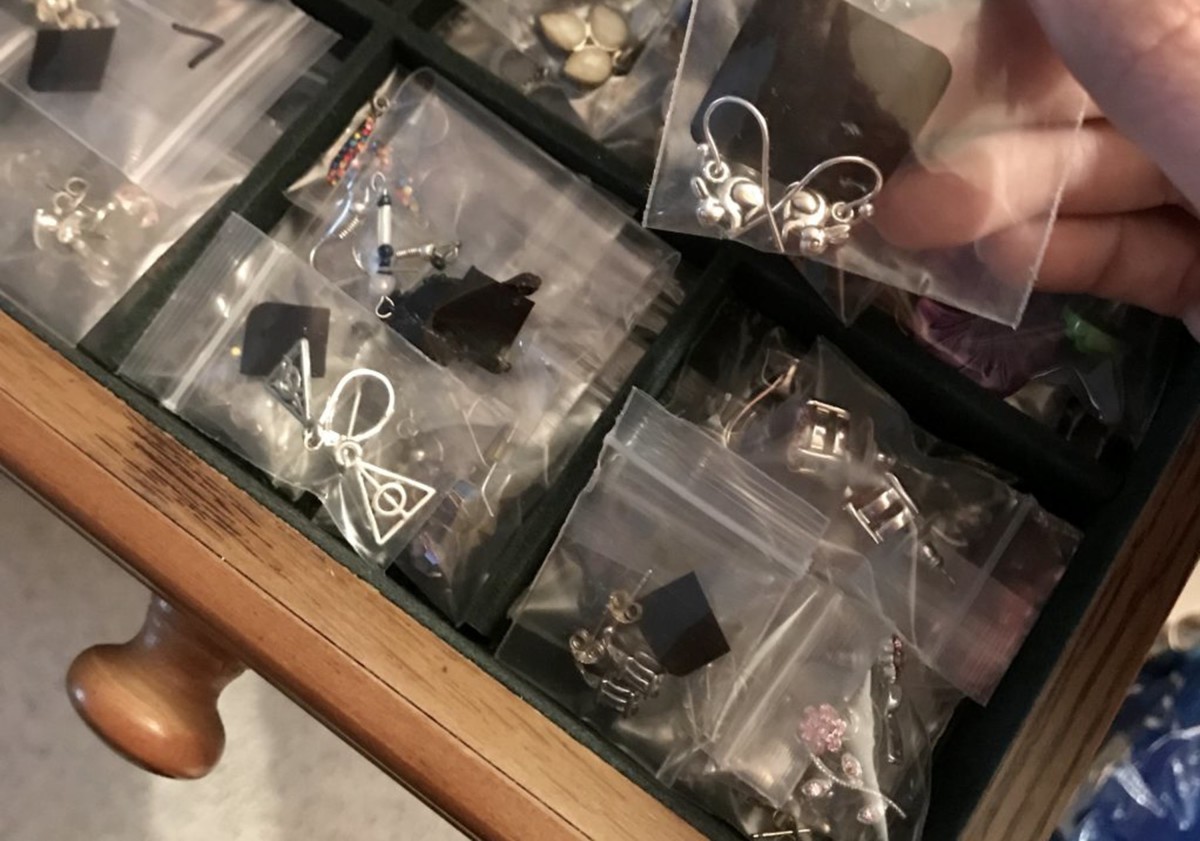
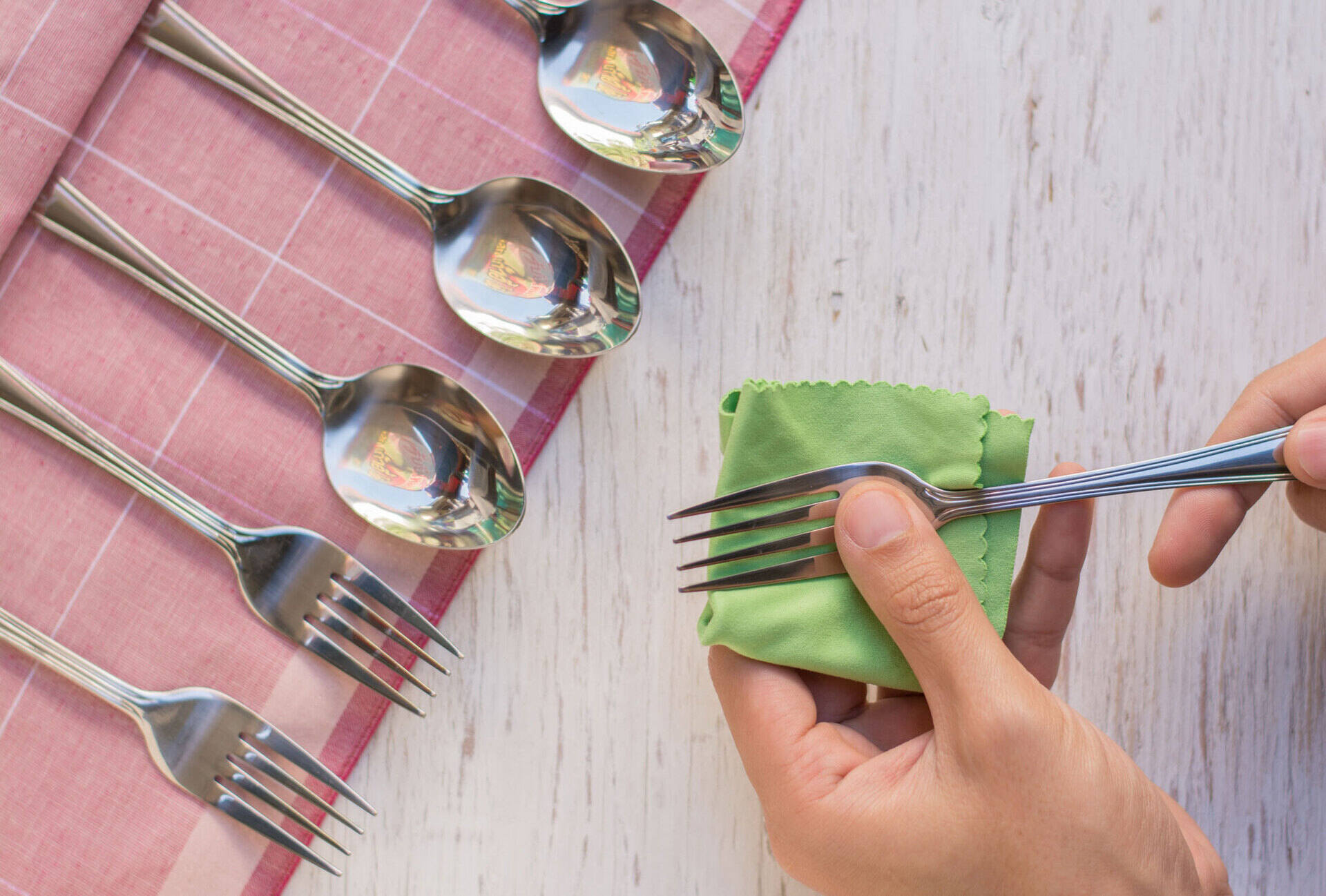
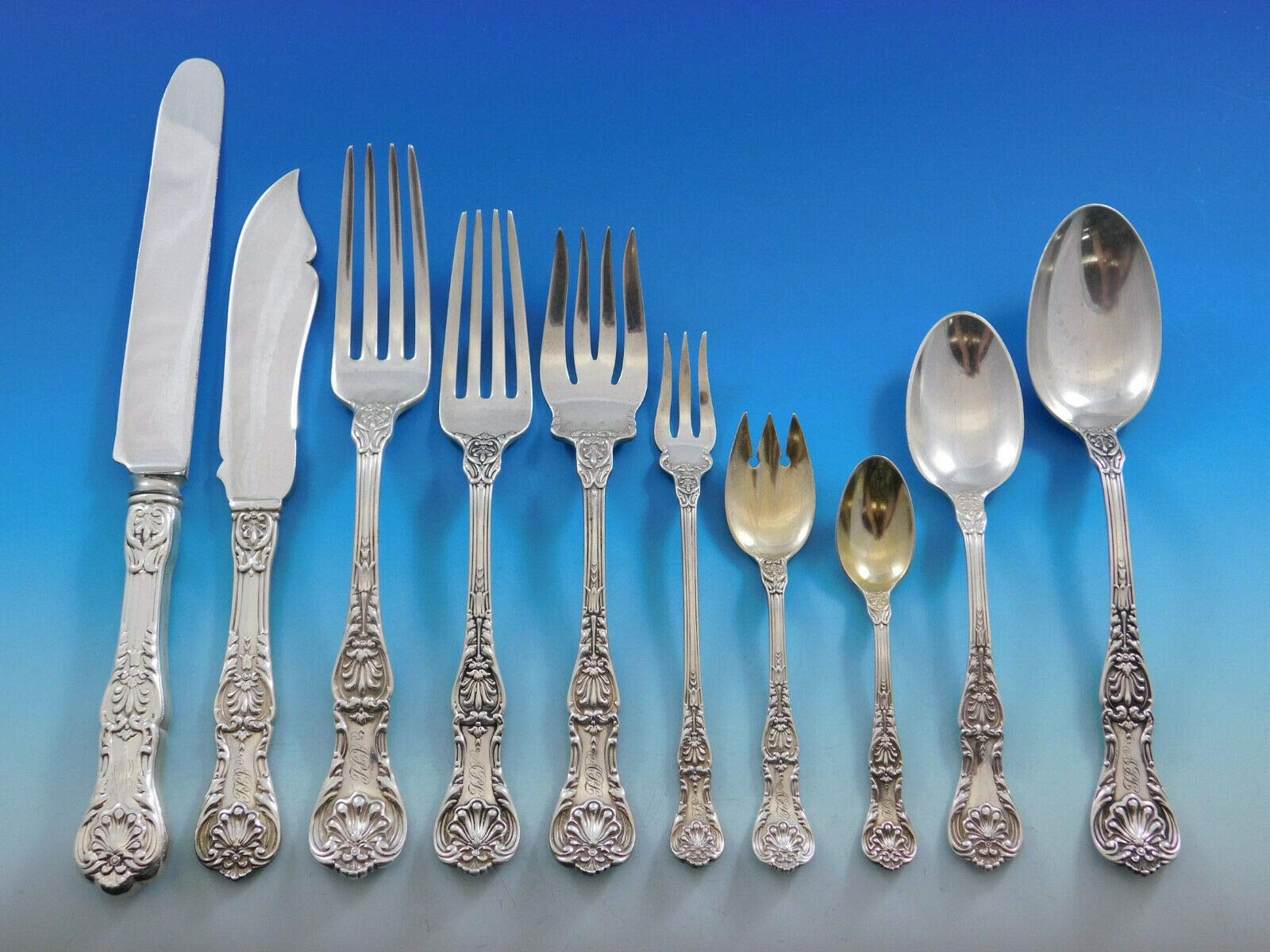
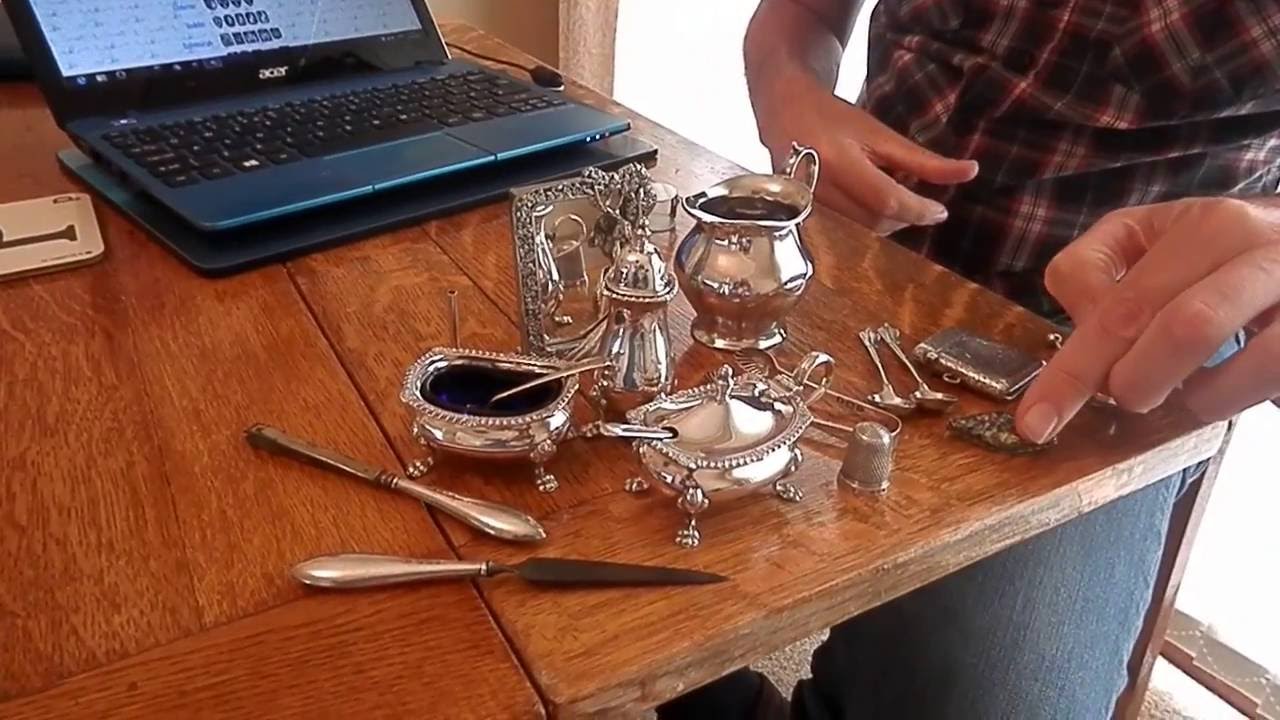
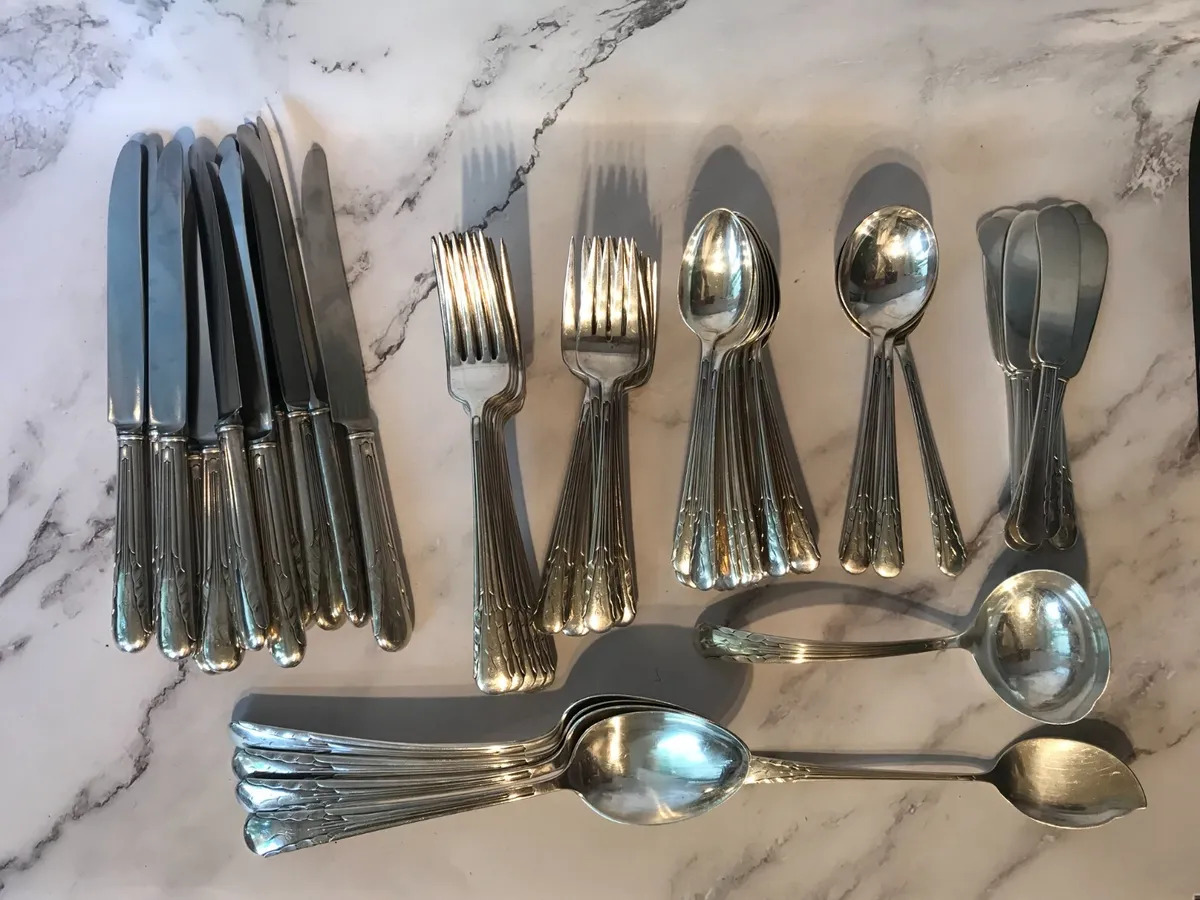
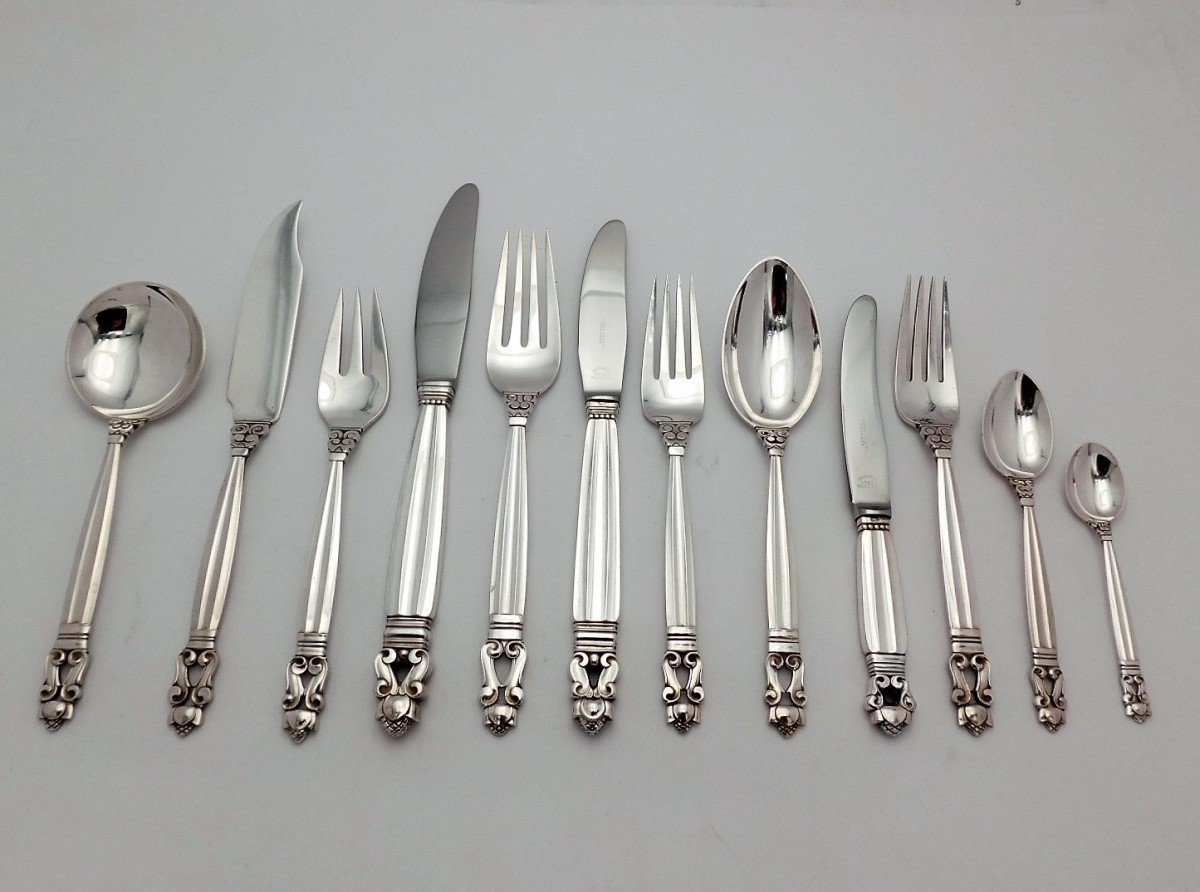
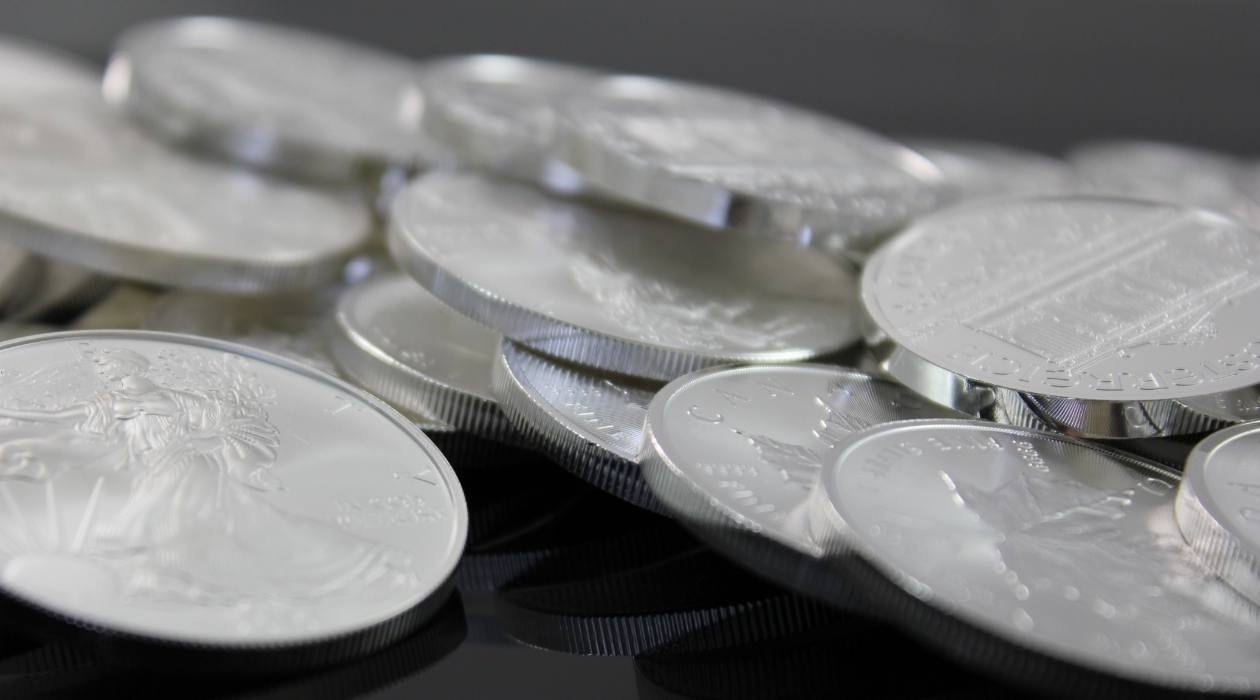
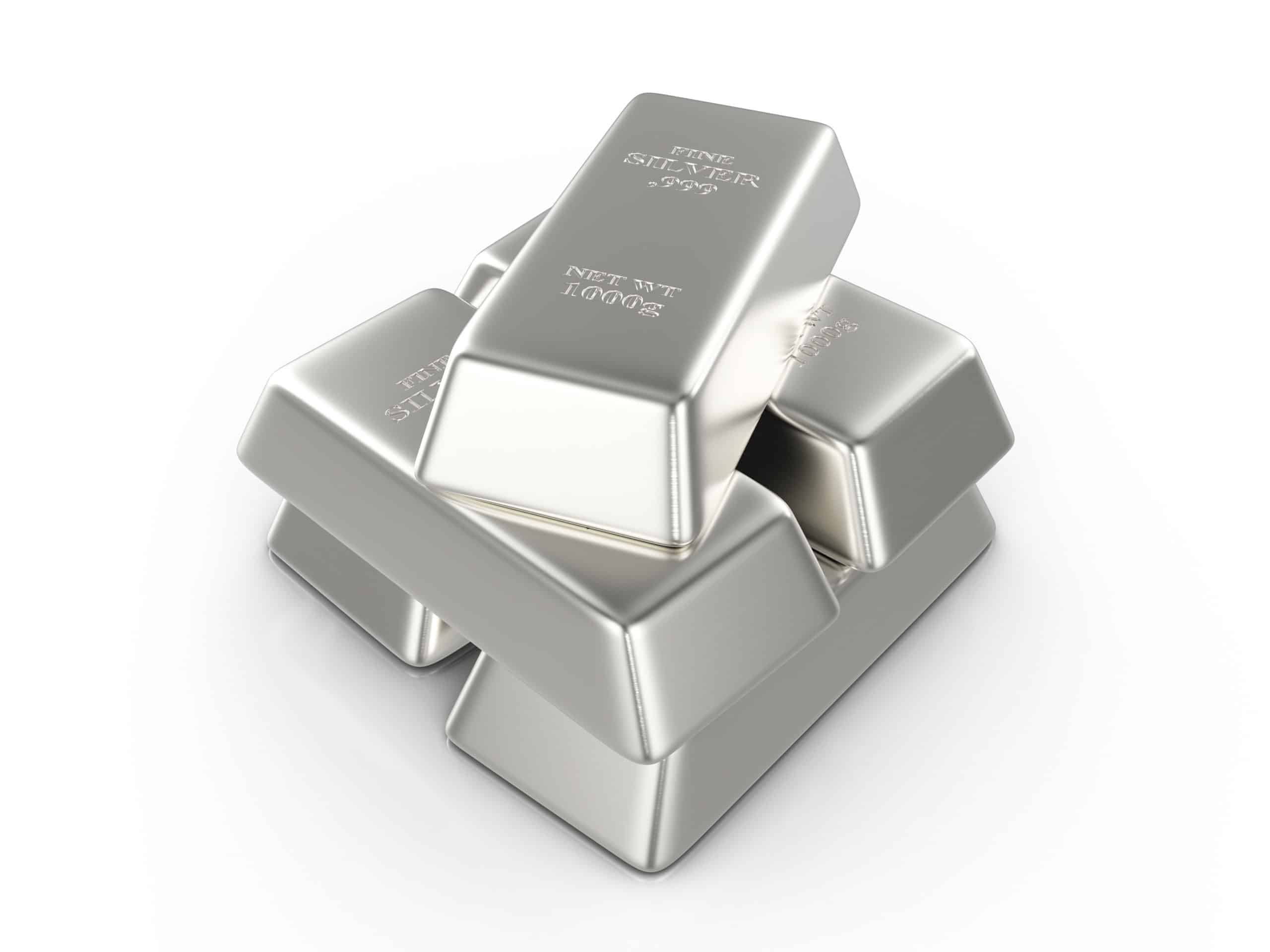
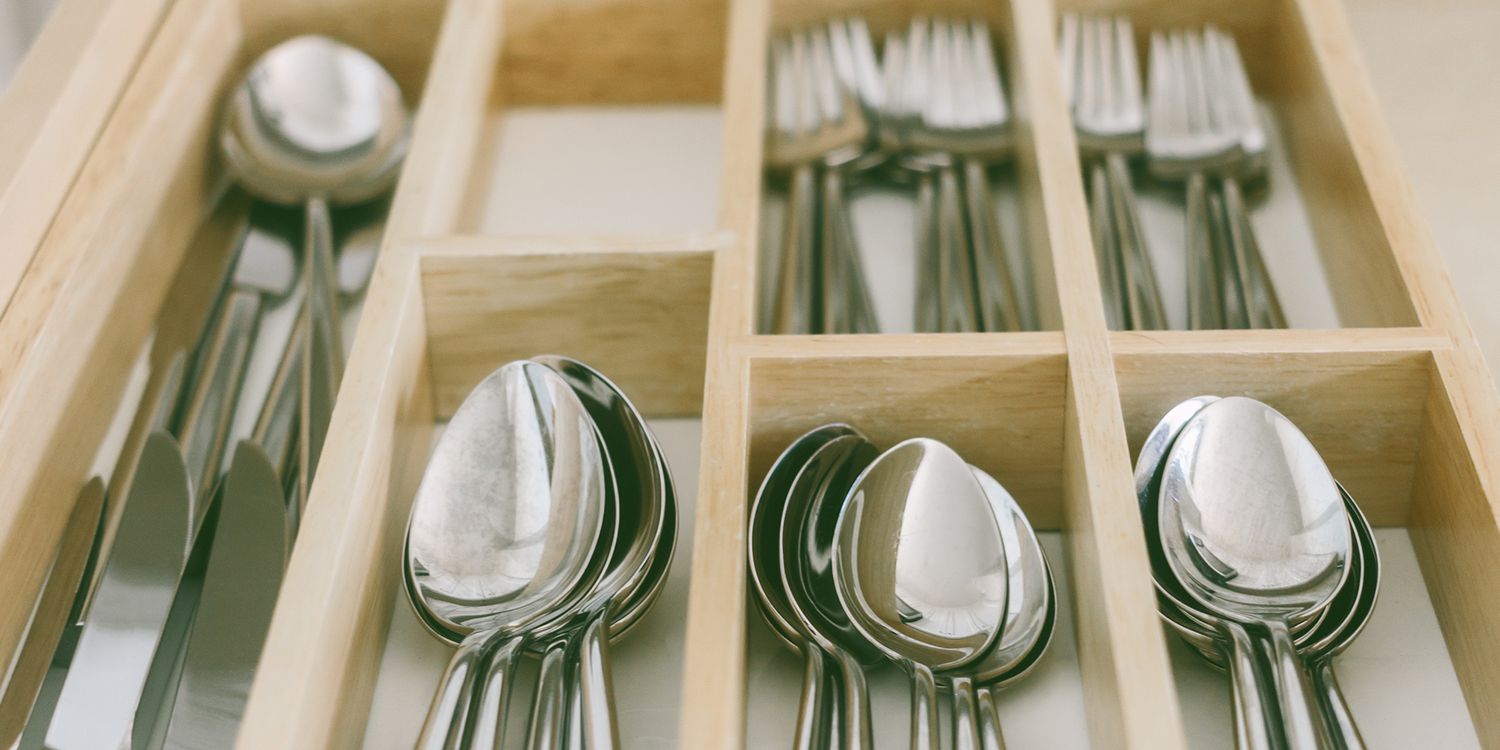
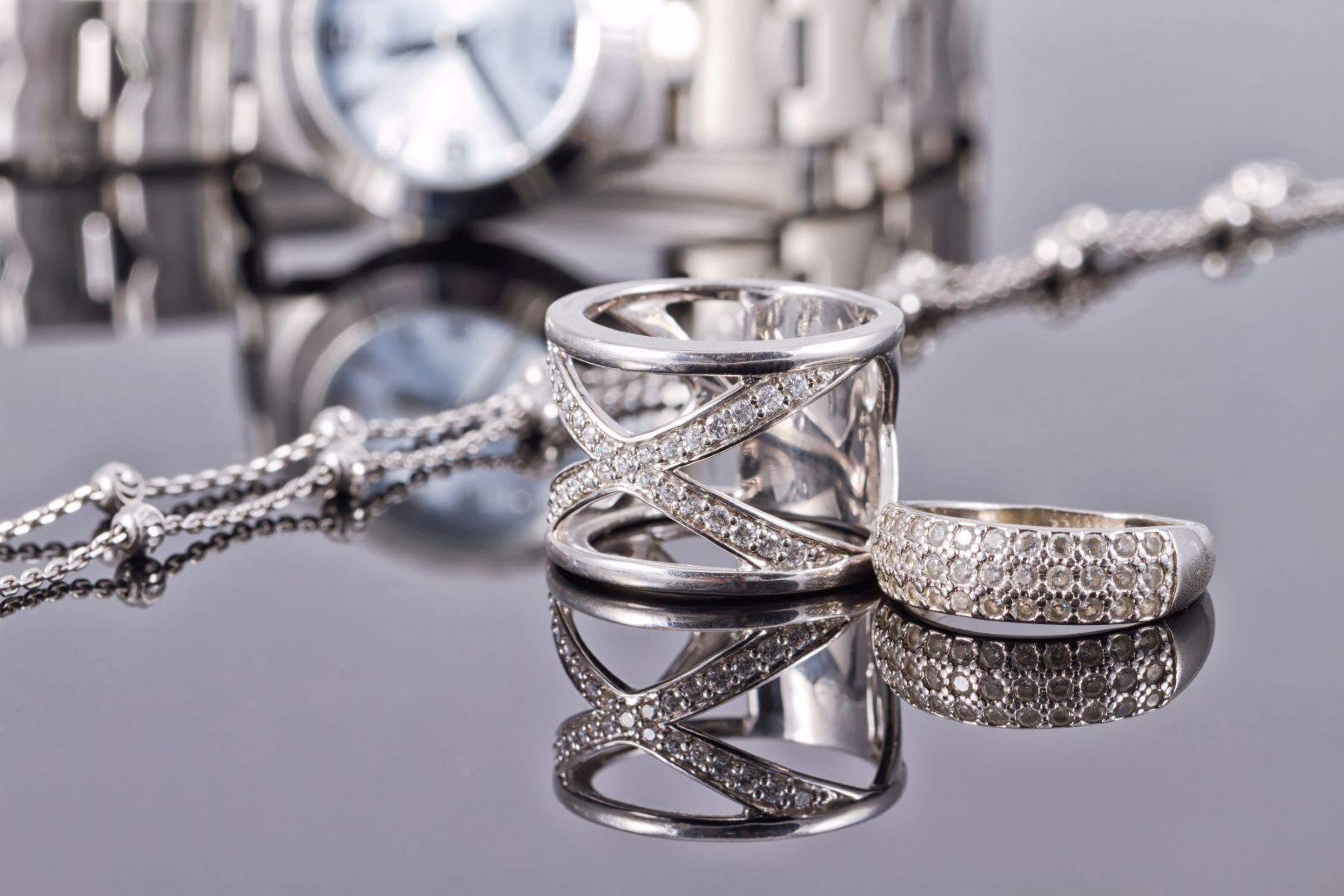
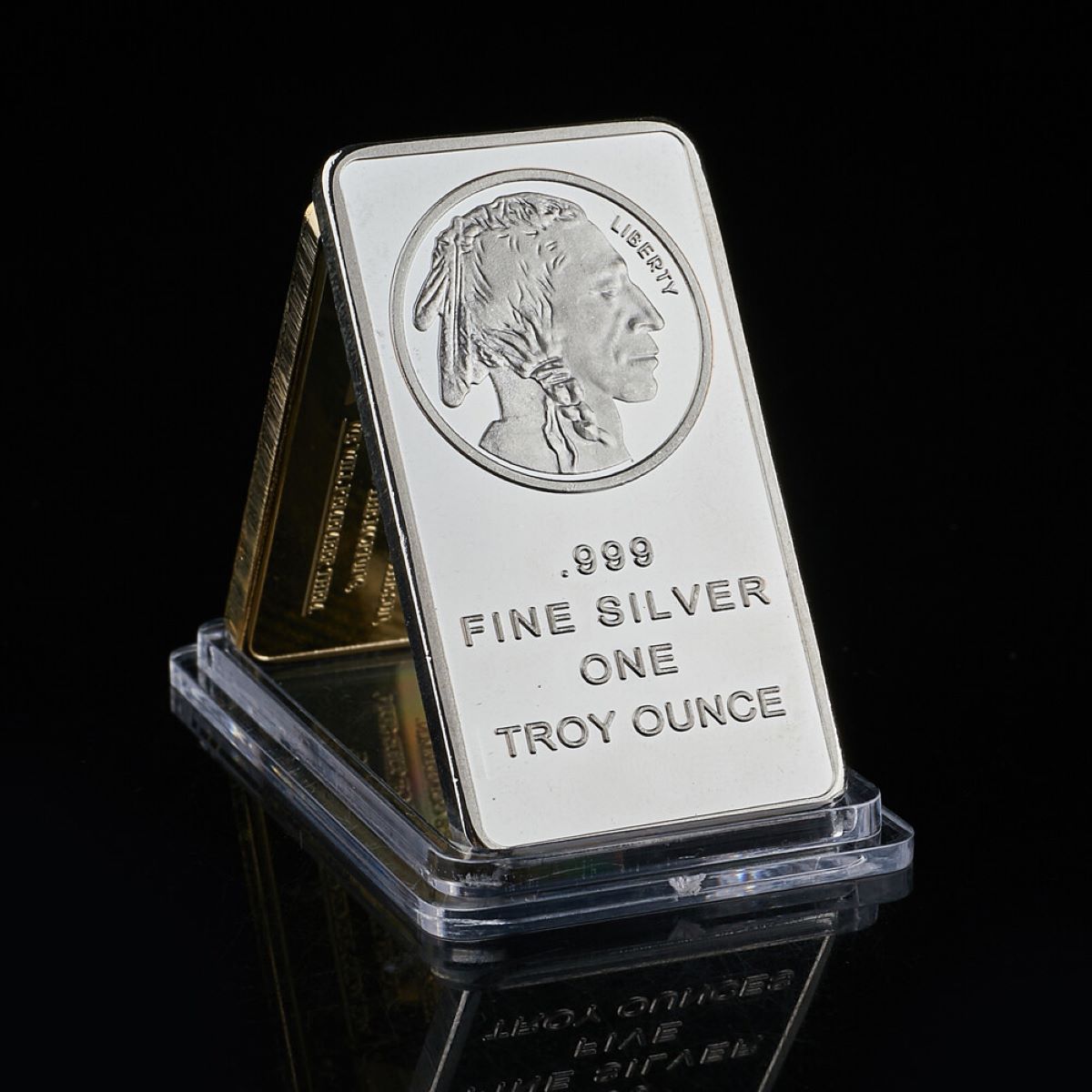
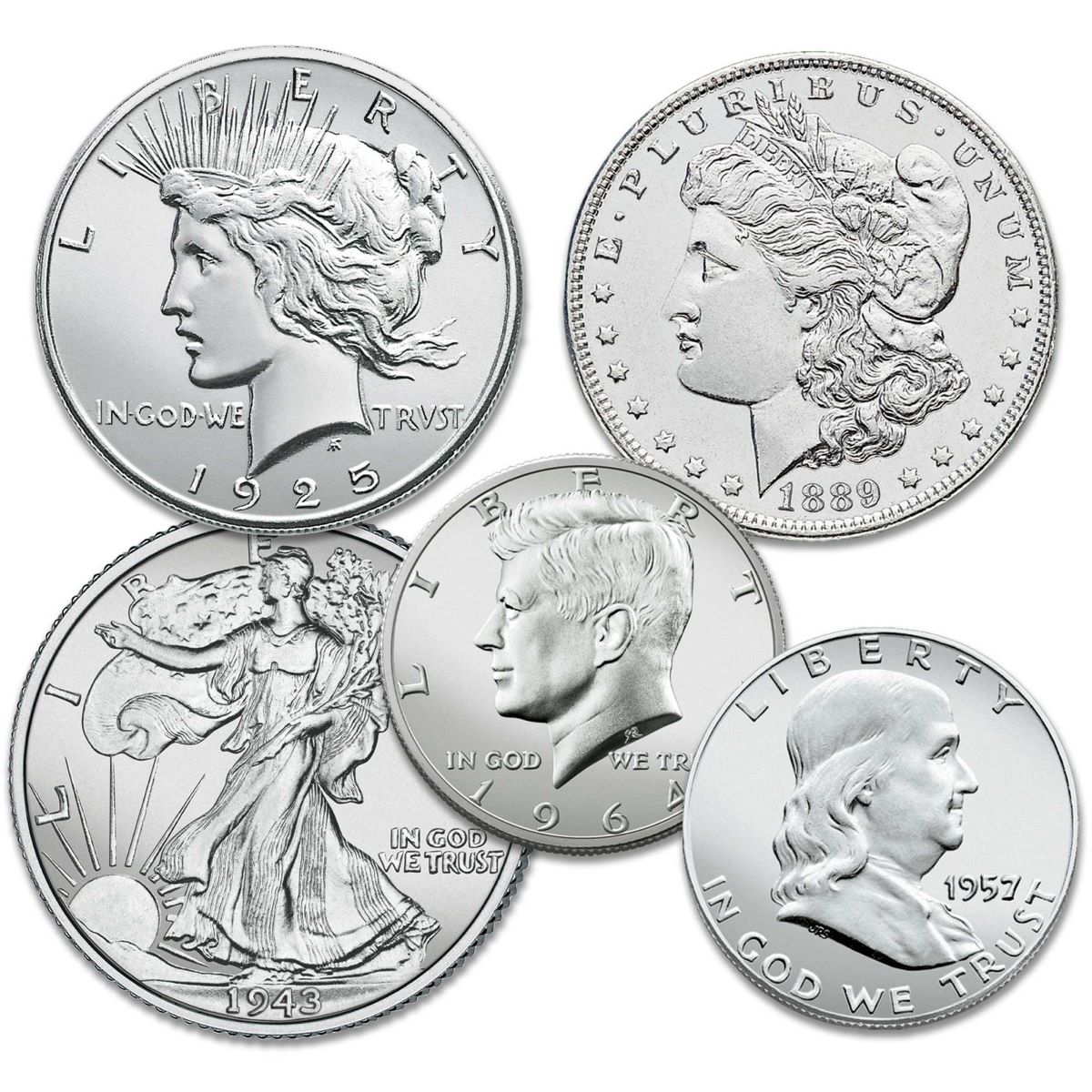

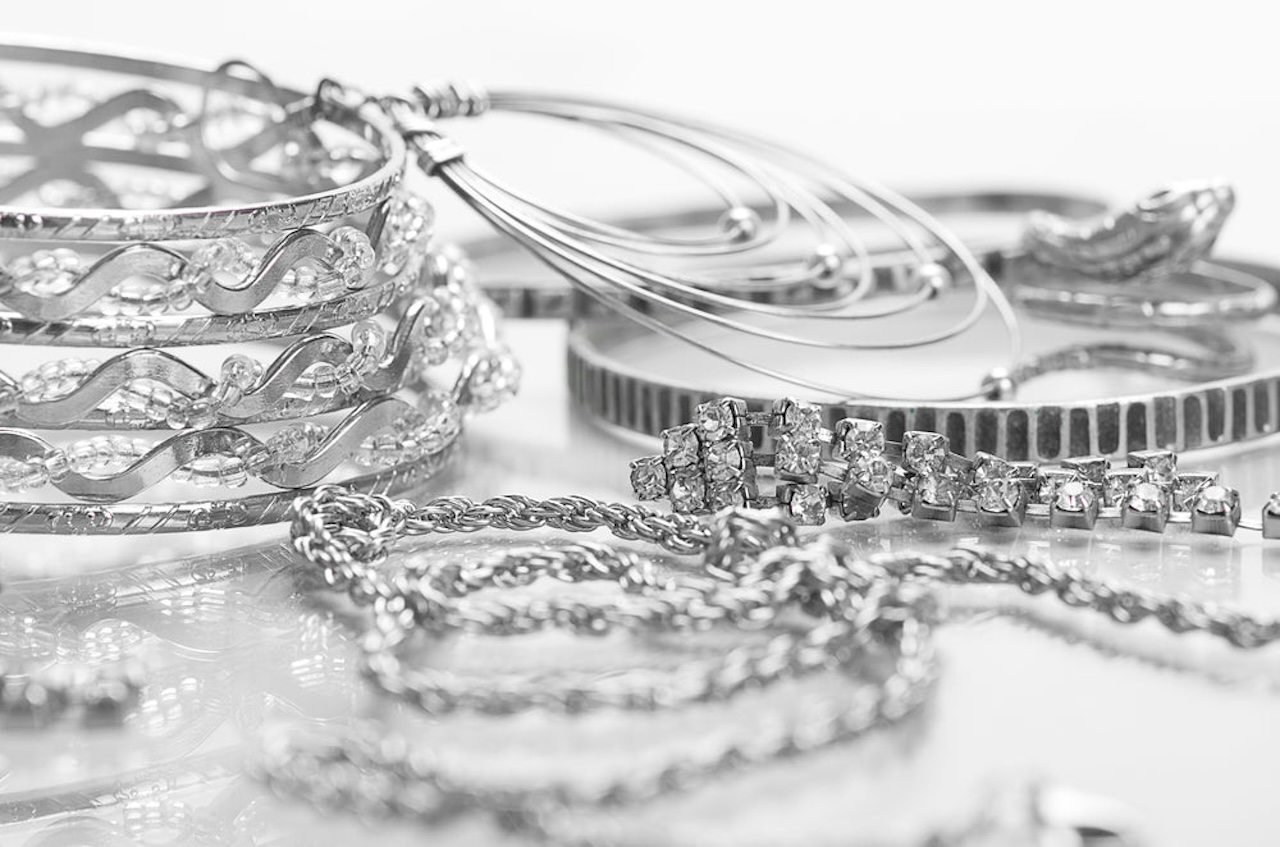

0 thoughts on “How To Store Sterling Silver”